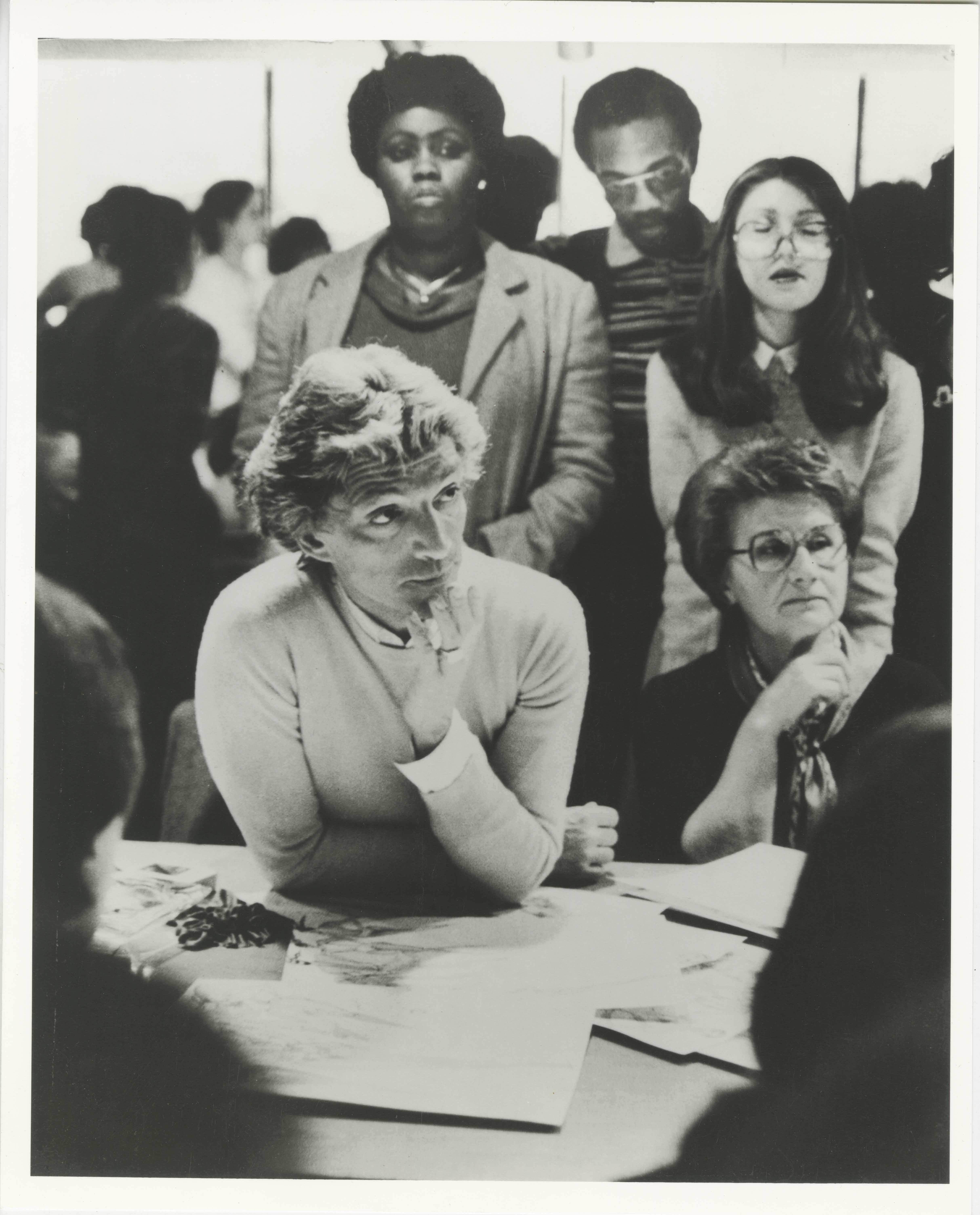When, in the 1960s, American fashion was looking toward space exploration to dress women, the designer Giorgio di Sant’Angelo waxed romantic on the possibilities of ethnic, gypsy, and hippie culture to transform the American woman. He is remembered today for his colorful, bohemian aesthetic, but also for his uncompromising vision.
Taking a nomadic journey through architecture, a three-month scholarship working with Picasso, and a chance to illustrate animations at Disney, di Sant’Angelo arrived in New York in the 1960s, designing textiles, furniture, and jewelry. His fanciful plastic jewelry caught the eye of Diana Vreeland, who featured his work in Vogue and made him a freelance stylist.
Di Sant’ Angelo showed his first collection in 1968, a whirlwind tour through the styles of the Incas, Aztecs, Navajos, and Eskimos. Kaleidoscopic prints, feathers, tie-dye, and suede fringe reflected the ease and flamboyance of the times. His successive collections were filled with ideas and references from around the world—Greek goddesses, Amazonian queens, peasants and princesses.
Editors often found the numerous cultural references in need of distilling. But longtime partner, Martin Price, notes that di Sant’Angelo’s work was imbued with a strong sense of conviction for the possibilities for liberating woman through clothes.
Arguably, di Sant’Angelo’s most significant contribution to women’s fashion was his rejection of traditional tailoring techniques and his use of stretch fabrics. He was committed to an uncomplicated notion of freedom, eschewing the shift dress with zippers and buttons, and designing instead fluid, sensual garments that wrapped, tied, hung or clung to the body.
He continually experimented with knits and developed new textile fabrics. It’s no surprise that he saw fashion’s mainstream appropriating many of his most innovative ideas—namely, innovative knitwear techniques, stretch evening dresses, and bodysuits.
Di Sant’Angelo was attuned to young, interesting people, surrounding himself with their irreverence and spontaneity—qualities that found their way into his work.
His success during the height of the Flower Power era was tied to the popularity of his radical, brightly-colored designs. However, with the conservative spirit of the 1980s, di Sant’Angelo was forced to license his RTW, which he took back in 1984, to great success. Price notes that these final years of di Sant’Angelo’s career represent a newly sharpened aesthetic and are what cemented his indelible reputation as a designer.
By 1989, following what would be di Sant’Angelo’s powerful, final show, WWD announced in that the designer was “Back on Top.” He died only two months later.
The designer won a Coty Award in 1968 and in 1970—along with a CFDA award in 1988. At the time of his death, di Sant’Angelo looked after a $10 million wholesale business, including licensed collections.
A 2011 retrospective at Arizona’s Phoenix Art Museum exhibited three decades of di Sant’Angelo’s oeuvre.



